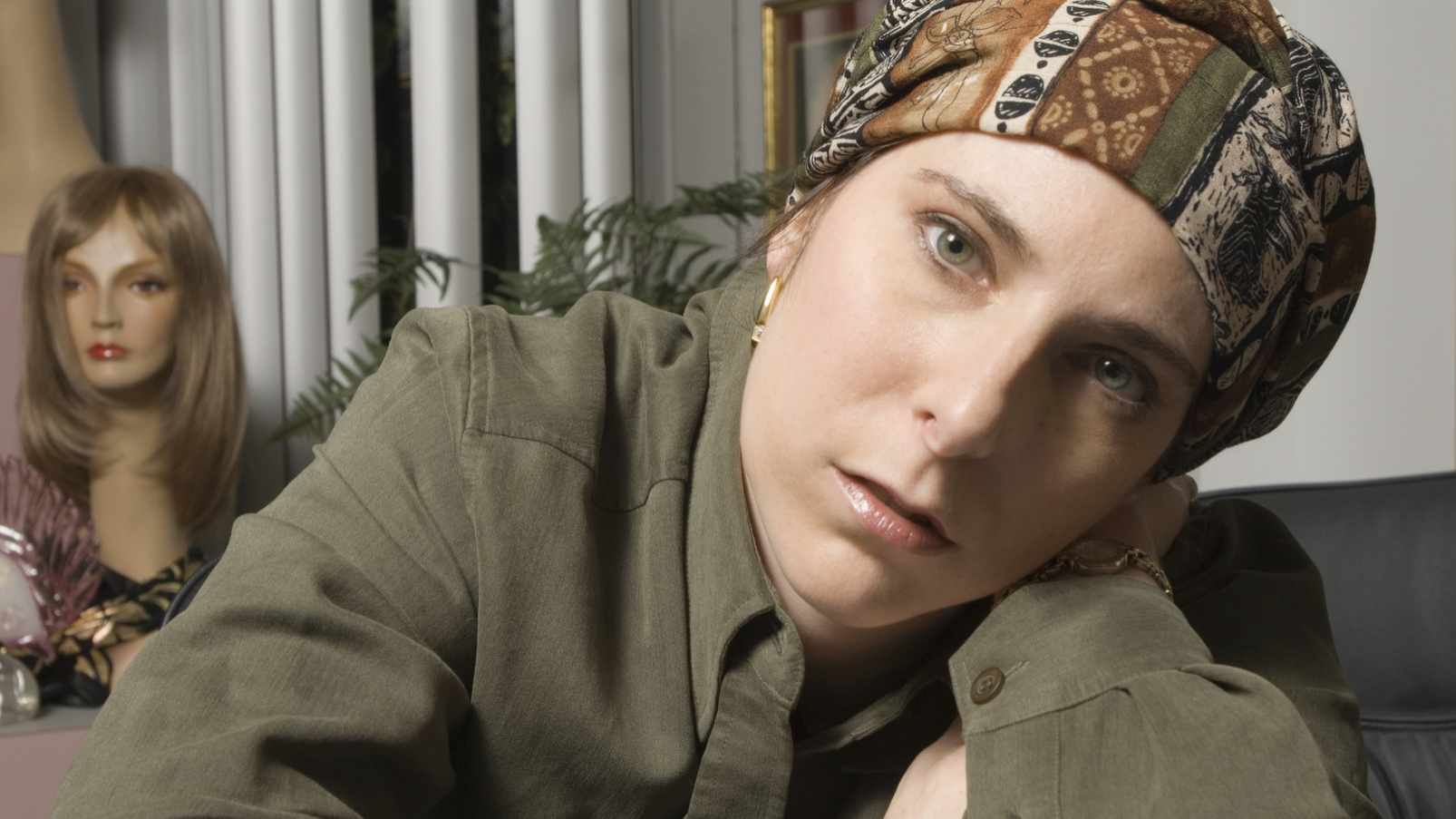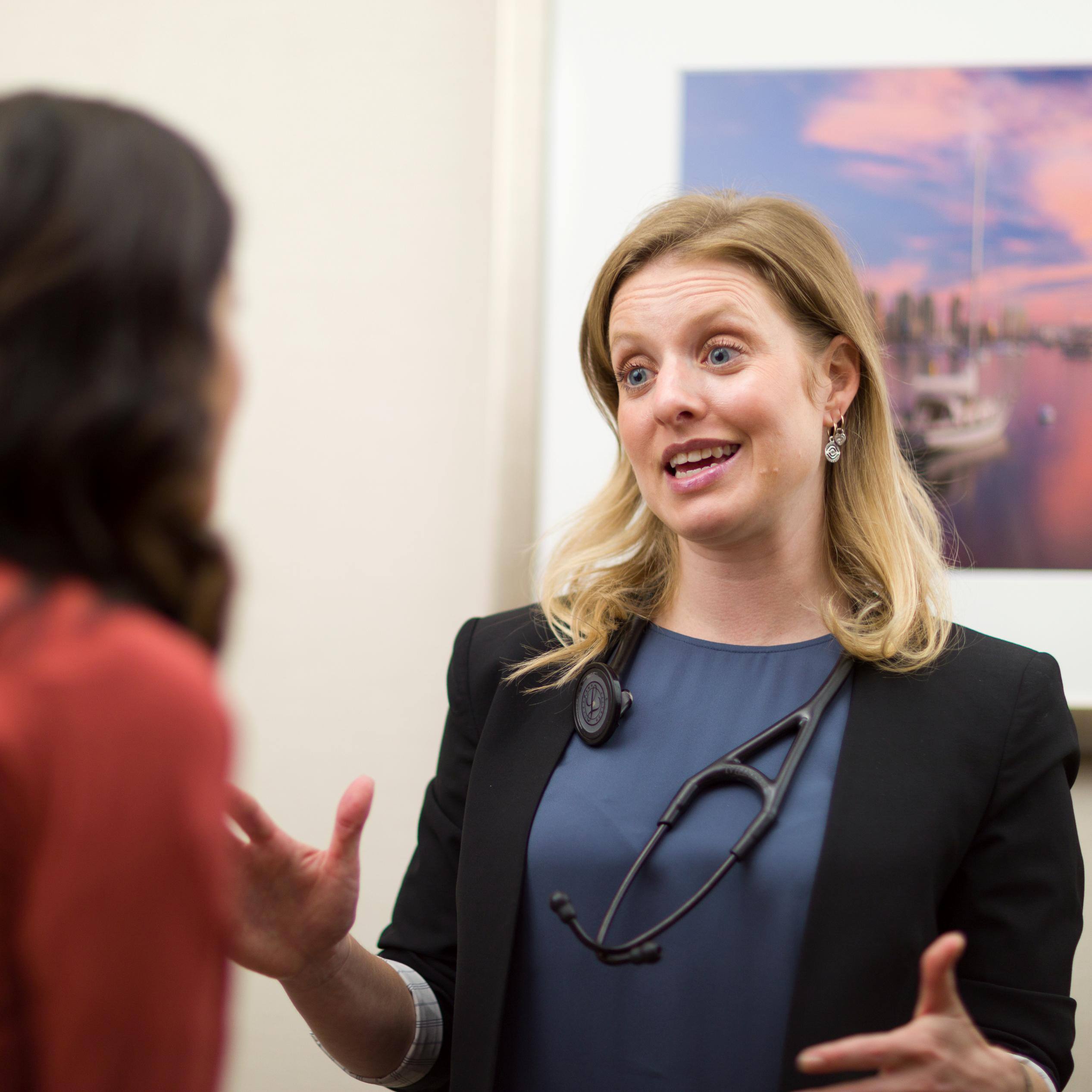-
New hope for ovarian cancer
A decade ago, women diagnosed with ovarian cancer had few options for treatment. Surgery, chemotherapy and radiation were standard practice. Those therapies are still in use today, but, thanks to research and new technologies, ovarian cancer patients have additional, and sometimes more effective, options for treatment.
Dr. Andrea Wahner Hendrickson, a Mayo Clinic researcher and oncologist, says "in the past 10 to 20 years, or when I finished my fellowship, there really hadn’t been much change for the treatment of ovarian cancer. It was surgery and chemotherapy, and the chemotherapy was the same agents that we were using five to 10 years ago. But, in the past five years, we have made significant improvements, and it’s really exciting."
Cindy Weiss, an ovarian cancer survivor, was cared for by a team at Mayo Clinic. She shares her story with reporter Vivien Williams and also describes what the new treatments mean to her and other women battling this disease.
Watch: New hope for ovarian cancer.
Journalists: Broadcast-quality video pkg (3:33) is in the downloads. Read the script.
At age 33, doctors told Cindy Weiss she had ovarian cancer.
“I remember the day the phone call came, and when I heard that, I was not as scared about the diagnosis. I was more upset and terrified over the fact that I wouldn’t realize the life dreams or opportunities I hoped for: of getting married, of being a mother.”
Fourteen years ago, Cindy endured a hysterectomy, radiation and chemotherapy. For three years, she was cancer-free, but the disease came back, which meant more chemo.
“It’s been 10 years since my second diagnosis, and, at the moment, everything looks great.”
Successful treatment from a team at Mayo Clinic has allowed Cindy to realize her dreams. She’s married and has a 7-year-old daughter.
“I’ve had cancer twice. The question’s always there: Will it come back a third time?”
“As an ovarian cancer researcher and a medical oncologist, I am actually filled with hope. I think this is a really exciting time.”
Dr. Wahner Hendrickson says, since Cindy’s diagnosis, researchers have developed new and more effective treatment options for women who have ovarian cancer. She explains four of those options, which are; poly(ADP-ribose) polymerase (PARP) inhibitors, hyperthermic intraperitoneal chemotherapy (HIPEC) therapy, individualized therapies and vaccines.
“I think the most exiting change that has developed is really the development of PARP inhibitors.”
PARP is a protein that helps to repair damaged DNA in cancer cells as they divide. PARP inhibitors block the protein from functioning, so cancer cells die.
"Ovarian cancer is a tumor that, thankfully, does respond really nicely to surgery and chemotherapy. So, in most cases, we can get women into a remission. Unfortunately, in roughly 70 percent of patients, we do see recurrence. And that’s really where the PARP inhibitors are playing a role now. That being said, there is a lot of interest in pushing it forward to first-line therapy. So there are clinical trials in first-line therapy, really, with a goal of hoping to reduce that recurrence rate.”
The second relatively new treatment is called HIPEC therapy, which involves administering heated chemotherapy directly into the abdomen at the time of surgery. The third new option is individualized medicine. This involves testing tumors for specific markers that determine which treatments will work best. The fourth new treatment option is an ovarian cancer vaccine, which, right now, is used to prevent recurrence of the disease.
Dr. Keith Knutson, a Mayo Clinic immunologist and director of the Discovery and Translations Labs Cancer Research Program on the Florida campus, says, “We ultimately want to move our vaccine into primary prevention. We want to give these to healthy individuals so we can actually prevent the development of disease.”
Not all tumors respond to every treatment. Dr. Wahner Hendrickson recommends all ovarian cancer patients undergo genetic testing to see which therapy might work best or them.
“To me, I think that really gives me a lot of hope. You know, I don’t want to think about being diagnosed again. And while I hope I never have to hear those words again, I think that the way technology has changed, the way medicine has changed, the way the work has changed, really offers a lot of hope for people like me.”
“I think there’s a lot of promise and hope in the treatment of ovarian cancer, and that’s what keeps me going every day.”








